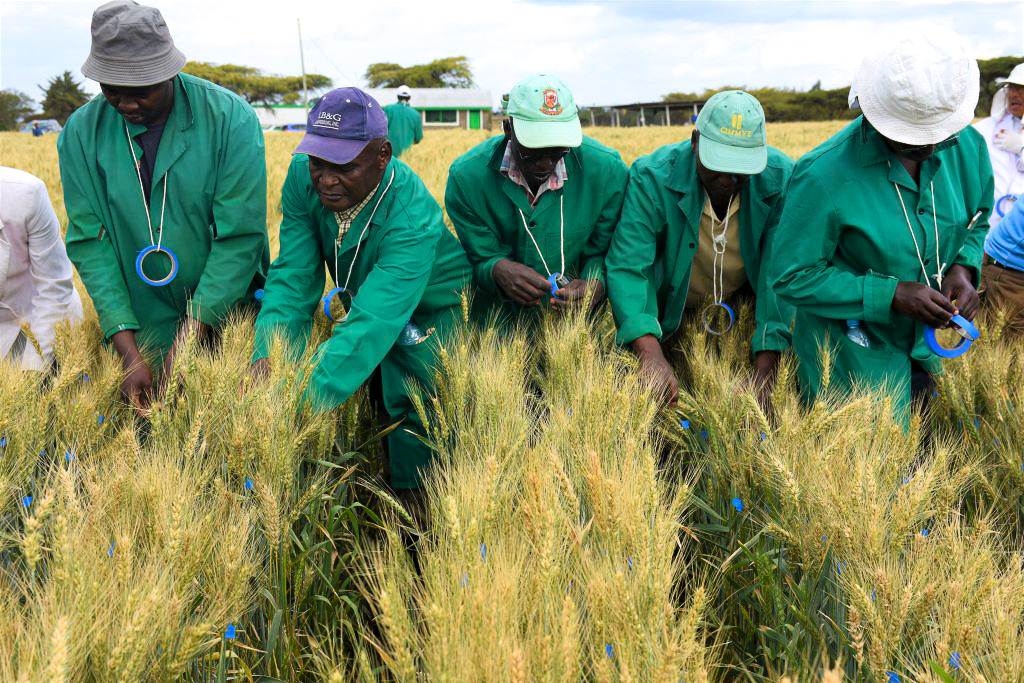CIMMYT global partnership fights mutating wheat rust
- From
-
Published on
24.06.19
- Impact Area
-
Funders
Gates Foundation, United Kingdom

Stem rust, which occurs mainly in warm and humid conditions, is a serious biotic threat to wheat that can destroy healthy plants just a few weeks before harvest, resulting in huge yield losses to farmers. Along with leaf rust and stripe rust, it is the among the world’s most threatening wheat fungal diseases, dreaded by farmers for centuries.
Two decades ago, a virulent race of stem rust known as Ug99 was identified in Uganda. The race went on to cause major epidemics in Kenya in 2002 and 2004. It continues to evolve and emerge into new races. Ug99 and its variants have since spread across East African highlands to South Africa, and to Yemen and Iran, threatening regional food security.
To tackle this stem rust pathogen, the International Maize and Wheat Improvement Center (CIMMYT) and Cornell University established the International Stem Rust Phenotyping Platform in Njoro, Nakuru County, Kenya, in collaboration with the Kenya Agricultural and Livestock Research Organization (KALRO) through the Durable Rust Resistance in Wheat (DRRW) project in 2008.
Related news
-

Australia partners with International Livestock Research Institute to upskill researchers from Africa and Asia
International Livestock Research Institute (ILRI)13.11.25-
Food security
-
Poverty reduction, livelihoods & jobs
Australia has joined forces with the International Livestock Research Institute (ILRI) to support th…
Read more -
-

Next-gen rice lines top check varieties at 7.5 t/ha in ESA
International Rice Research Institute (IRRI)11.11.25-
Food security
MOROGORO, Tanzania (8 October 2025) — Elite rice lines are outperforming the current popular varie…
Read more -
-

QTL Profiling Now Live on EBS
International Rice Research Institute (IRRI)11.11.25-
Food security
QTL profiling is now integrated into the EBS Platform’s MDA module. Teams across CGIAR research…
Read more -
